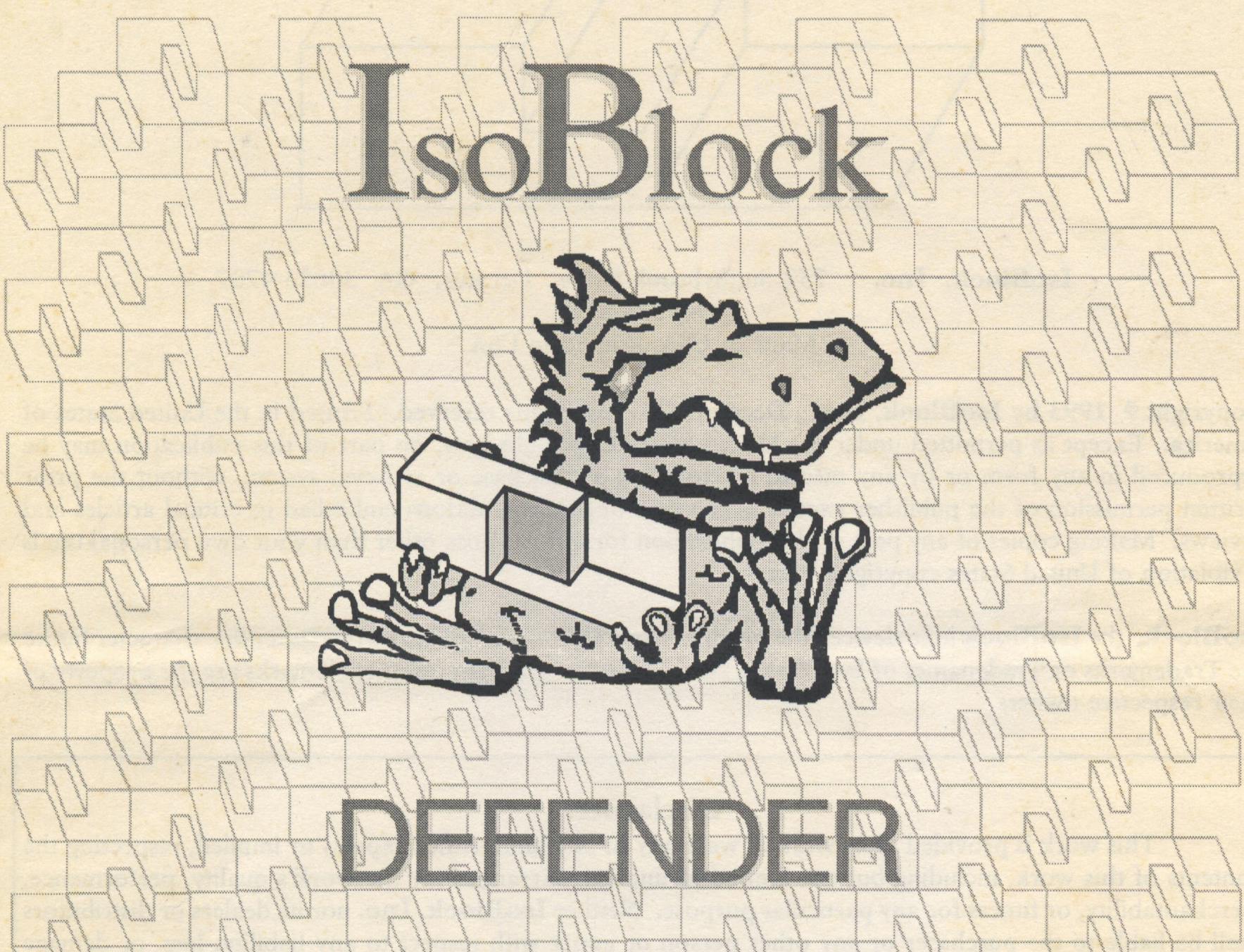Tech Details for the IsoBlock Defender Overvoltage Protector (OVP)
by
June 12th, 2024
Audio Presented by

Bob has been designing hardware and coding software for decades. He likes to draw and write. He’s a web cadet wannabe.
Story's Credibility

About Author
Bob has been designing hardware and coding software for decades. He likes to draw and write. He’s a web cadet wannabe.
